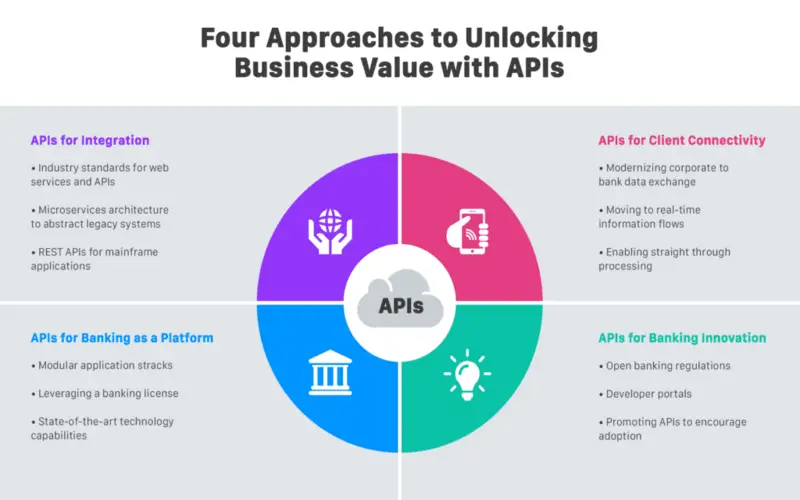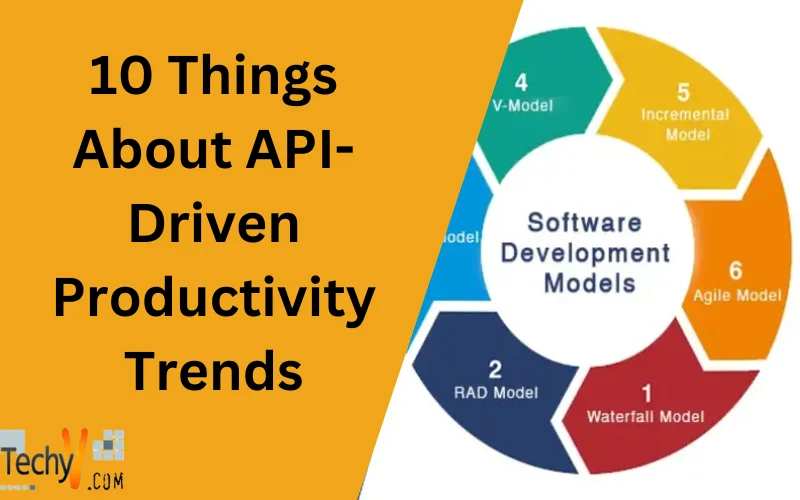What Is API-driven Productivity?
API-driven productivity is the procedure of designing and manufacturing APIs first, then making the rest of an application around them. API-driven development is distinct from standard development strategies. Those usually involve API design and execution as one point on the development timeline, and it does not make the initial step.
How Do APIs Work?
E-commerce platforms have to serve various demands, responses, and logic at the same time. It makes the market process complicated. Here, APIs play a vital role. They enable developers to update the website without interconnecting with the main logic while creating a required change. APIs reveal information about changes or updates to users.
- When the owner clicks the payment button, an API calls to regain information, which is also known as a demand. This request is prepared from an application to the web server via the API’s Uniform Resource Identifier (URI) and involves a request verb, headers, and sometimes, a request body.
- After acquiring a valid request from the product webpage, the API calls the outermost program or web server, in this way the third-party payment system.
- The server sends a reaction to the APIs with the requested information.
- The API transforms the data into the first appealing application on the product website.
1. Consistency, Reusability, And Broad Interoperability
Developing products and platforms in an API ecosystem makes your code more continually and reusable. Starting your software development by making and constructing a robust API framework ensures the effectiveness and reusability of code. APIs become the basic structure in the digital value chain, placing them at the heart of value creation.
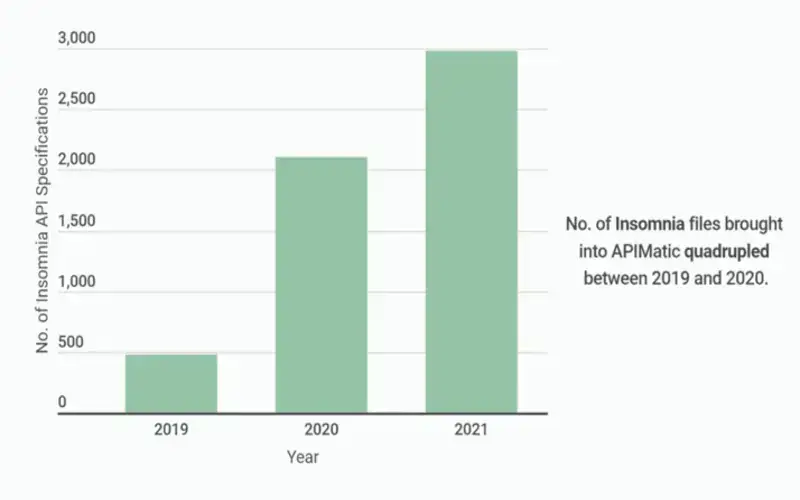
2. Supports System Scalability
Using API to build a product gives you a stable base on which to build fundamental functionalities within a refined structure. It also offers a basic that your software team can use to create other products or platforms. It means for every new product the APIs react as the cornerstone for the skeleton and transporting process you want to generate. APIs can be recycled and expended, decreasing the general effort on the project.
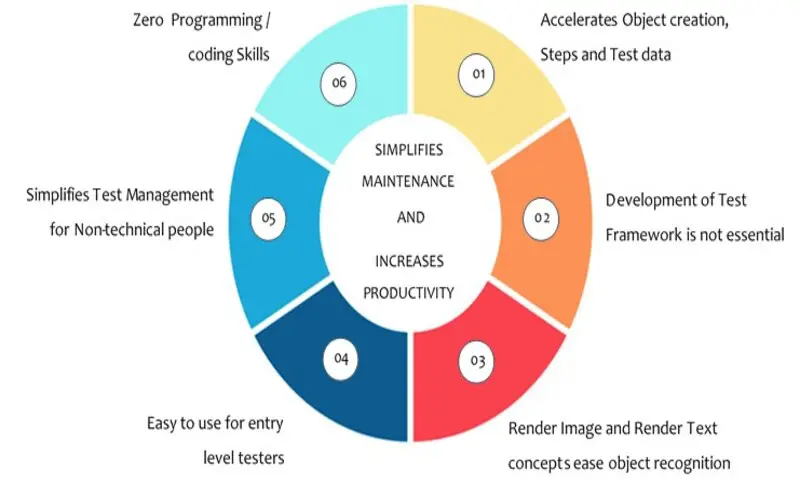
3. Task Automation And Parallel Development
In cases where distinct teams work on the software’s front and back ends, there is no requirement for them to cooperate every time. Instead, the API infrastructure is the only thing they must agree on. Identical developer teams can generate mock API validation tools like Swagger or Postman, enabling them to expand distinct API designs and APIs before locating them.
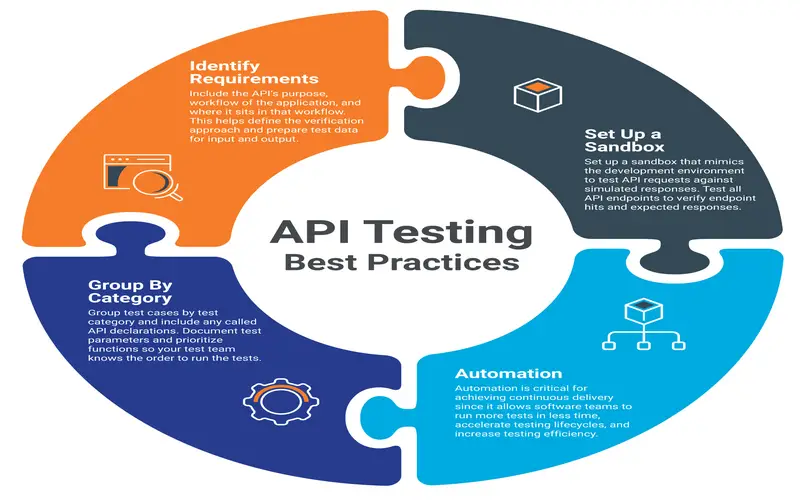
4. Lower Software Development Costs
API-driven development lowers the time and expenditure with developing of software development by enabling reusability and better unit testing of new code. As an outcome, developer teams can recognize and resolve integration problems rapidly, making the software ready for production faster and with fewer defects.
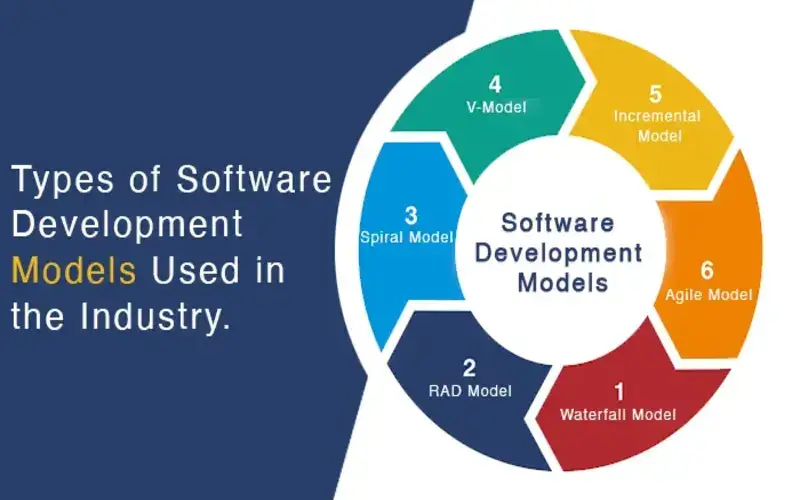
5. Closer Collaboration Between App Makers And Clients
Most forms of software development were represented processes, and they did not include the users. The observation was more on the functionality of apps at their final level, with clients’ feedback and advice. The growing popularity of API design and development has transformed this scheme. Now, developers can vigorously seek the feedback of clients at various stages of development. Users can even get a first-hand feel of using apps earlier than initiated through service virtualization strategies with APIs.
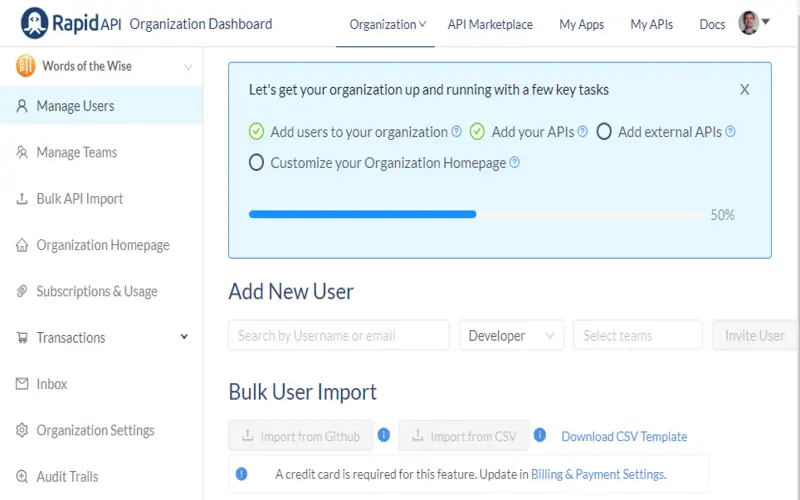
6. Better Organization
When working on various mobile app development projects, the last thing you can obtain is unsystematic. Holding things in order is one of the most essential reasons that drive up the adoption of API-driven solution strategies. Given that all API descriptions, API scenarios, usage-relevant data, and other identifying (including formal API documentation) are safely saved in one location, developers may evaluate the correct information at the right moment. The requirements for having appropriately detailed scenarios, in particular, boost the app testing processes.
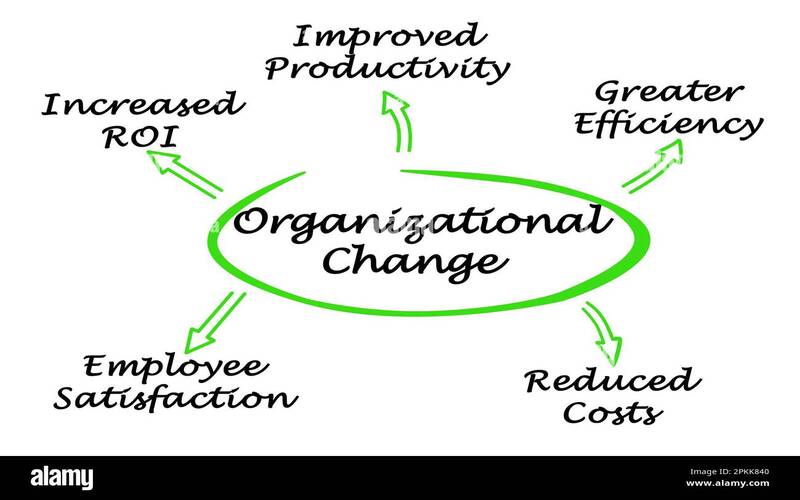
7. Consistently Test And Observe Your APIs
To start your transforming pipeline with APIs, you also want to ensure that other vital stages of the pipeline (software testing and observing) address APIs. Write tests to ensure that API functionality is evaluated before applications are expanded, and add API observing tools to your software so that you can locate API issues in manufacturing environments.
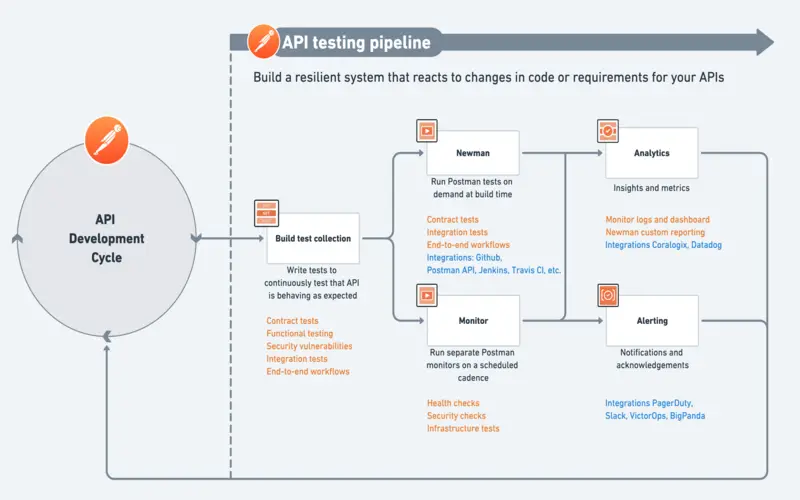
8. Better Integration Capabilities
An eCommerce API can be pre-owned to merge different systems. For example, you can use an e-commerce API to combine your e-commerce API to combine your e-commerce system with a payment gateway. Or third-party services that handle shipping and transferring. An eCommerce API can also merge two distinct eCommerce platforms, such as when one company has a website and the other has an online store. An eCommerce API could be utilized for cross-selling between distinct websites owned by the same business.
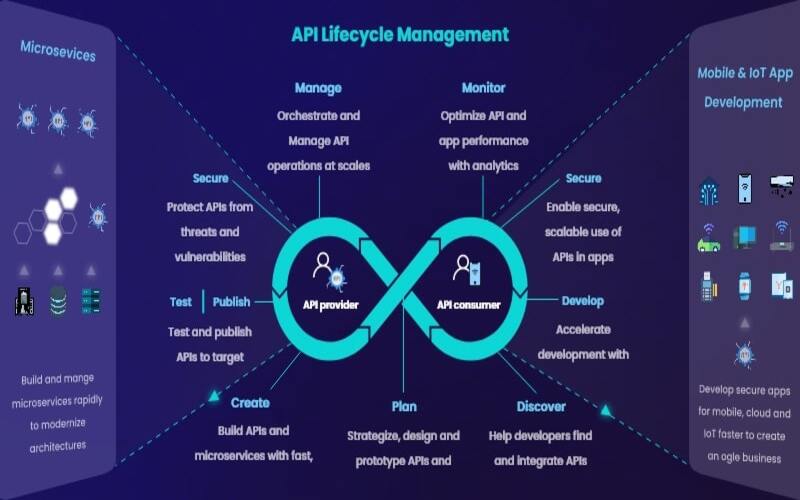
9. Complements And Cooperation
Economic complements can brand the value of the business. They are regular to asymmetric company models where an organization recognizes and cooperates with complement or manipulates and binds their outputs to compose a more significant value project. AIPs are one of the best methods to create complements. The association with organizations and complements is based on a reduction in the rate of one outcome, driving a maximum demand for the others.
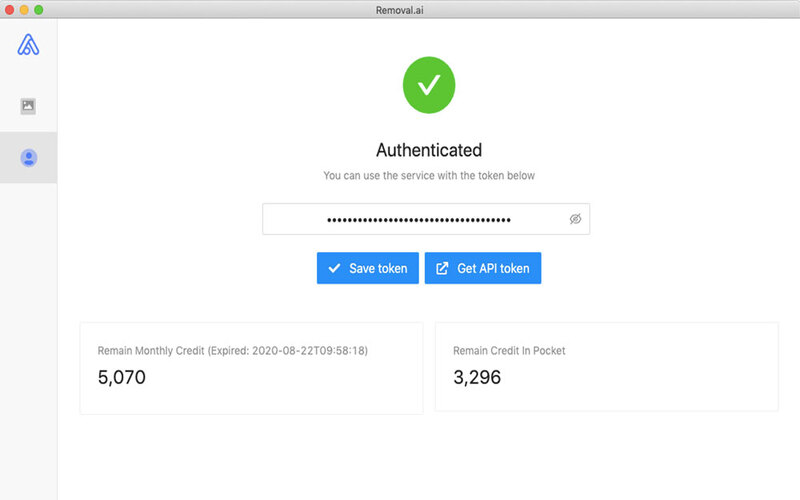
10. Business Dependency On API
Consider Uber without partnering with Google Maps or Twilio (a communications platform). Companies use API. We depend on APIs as users without even attaining them, whether we use them. An app to check traffic, flight advent times, or the weather. Both of these applications use APIs to access the data they need.
